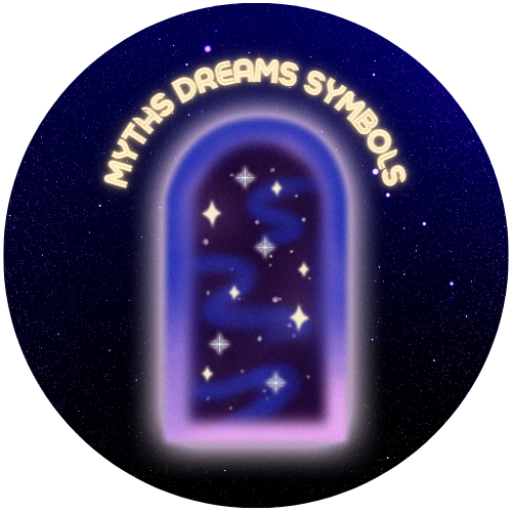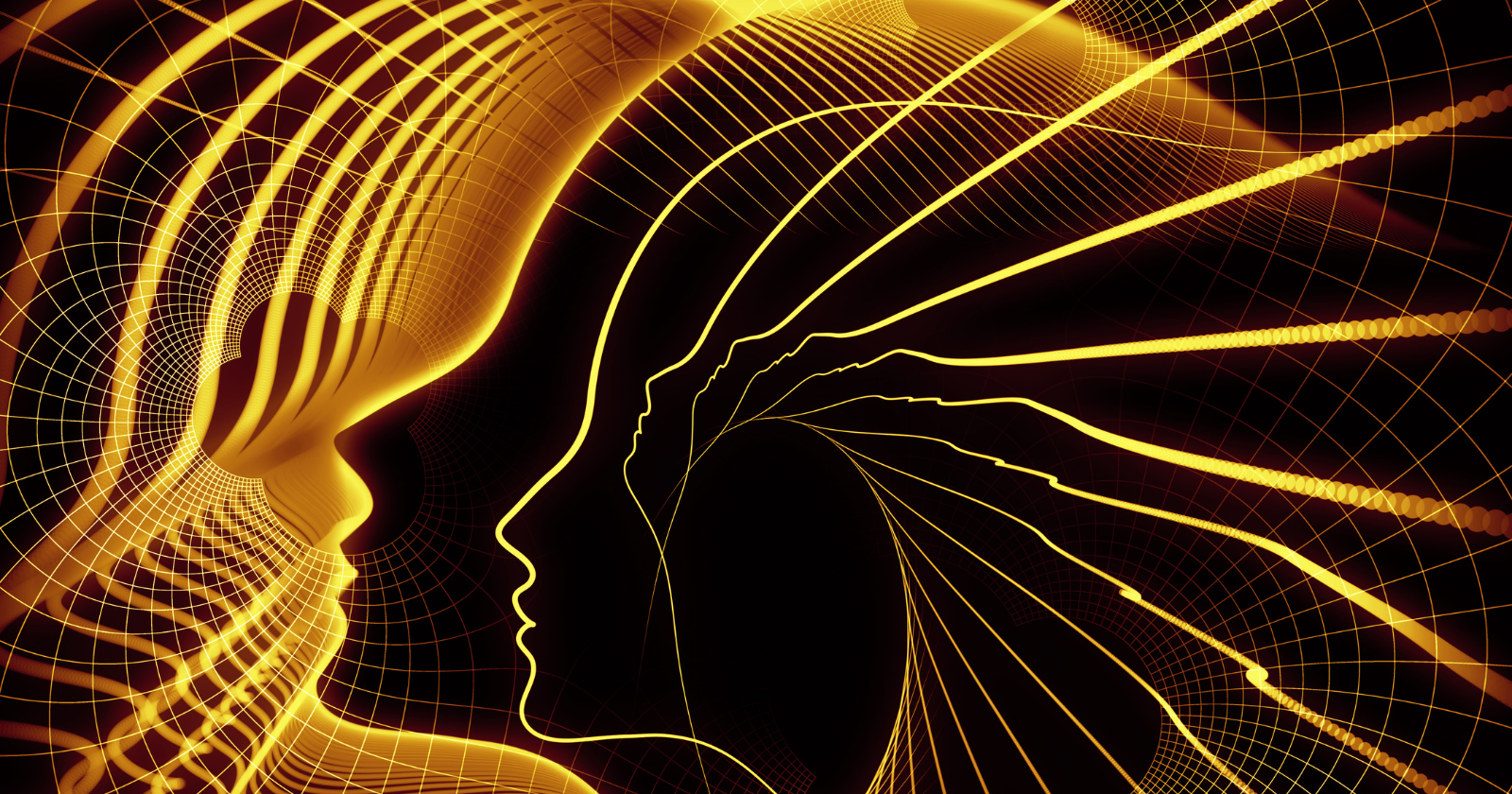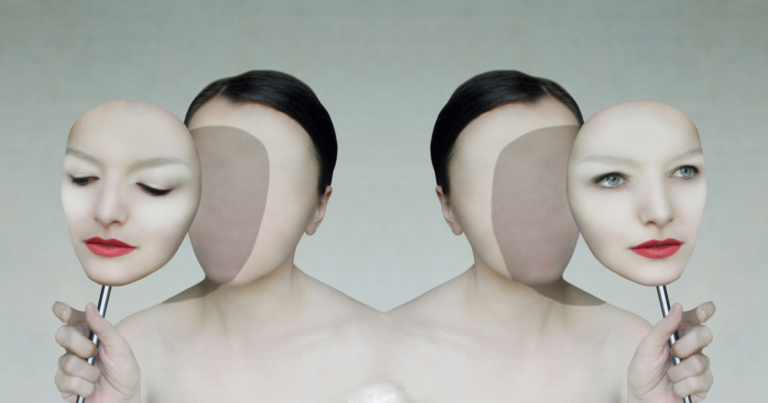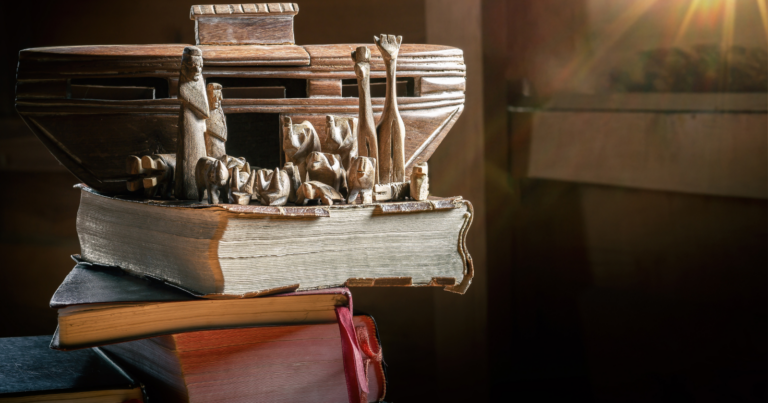In the vast expanse of human consciousness, myths, dreams, and symbols form a fascinating mosaic of our collective psyche.
These elements, deeply intertwined with the fabric of our daily lives, offer a window into the mysterious realms of the human mind, echoing the timeless wisdom of ancient traditions and modern psychology, particularly the influential work of Carl Jung.
The Power of Myths
Myths are the stories we tell to make sense of our world and our place within it. They are narratives that have been passed down through generations, rich with heroes, monsters, gods, and goddesses, each embodying the profound truths of the human condition.
Myths speak to us because they reflect our deepest fears, desires, and questions. They are not just tales of old but living stories that continue to shape our understanding of life, love, struggle, and triumph.
Dreams: The Language of the Subconscious
While myths narrate the collective human journey, dreams are intensely personal narratives that unfold in the theater of our subconscious mind.
Carl Jung, a Swiss psychiatrist and the founder of analytical psychology, proposed that dreams are the language through which the unconscious mind communicates with our conscious selves.
Through dreams, our psyche communicates in a language of symbols, images, and scenarios that, if deciphered, can reveal our innermost thoughts, unresolved conflicts, and hidden desires. Jung believed dreams are the psyche’s attempt to work through what perplexes us in waking life, offering insights and solutions that we might not access when awake.
Symbols: The Alphabet of the Soul
Symbols are the building blocks of myths and dreams, the alphabet with which the soul writes its deepest truths.
Jung considered symbols as the means by which the unconscious communicates universal truths to the conscious mind.
A symbol can be a simple object, a figure, or an action that holds multiple layers of meaning, transcending language and culture.
Whether it’s the serpentine coil representing transformation or the ocean symbolizing the vast unconscious, symbols speak to us on a level that words cannot reach.
They are the keys to unlocking the mysteries of the psyche, offering a path to deeper self-awareness and understanding.
Jung and the Psyche
Carl Jung’s concept of the psyche encompasses all aspects of human mental and emotional life, including both the conscious and unconscious mind.
He introduced the notion of the collective unconscious, a level of unconscious shared among beings of the same species, containing the archetypes.
- The ego, which represents the conscious mind and is responsible for feelings of identity and continuity.
- The personal unconscious, which contains memories and ideas that are not currently in the conscious mind but can be.
- The collective unconscious, a deeper level of the unconscious shared among beings of the same species, housing the archetypes which are universal, archaic symbols and images that derive from the collective experience of humankind.
Jung’s work with the psyche aimed at integrating the conscious and unconscious parts of the mind through a process he called individuation. This process involves becoming aware of and reconciling the various aspects of the personality, including those parts that lie in the shadow (the parts of ourselves we do not wish to acknowledge).
In this context, Jung often explored myths, dreams, and symbols, viewing them as manifestations of the collective unconscious and as vehicles for understanding the psyche’s dynamics.
He believed that by examining the symbols presented in dreams and myths, individuals could gain insights into their unconscious motivations and inner conflicts, leading to psychological growth and wholeness.
Jung’s work aimed at integrating the conscious and unconscious parts of the mind through a process he called individuation, a journey toward wholeness by reconciling the various aspects of the personality.
Embracing the Mysteries of the Psyche
As we navigate the complexities of modern life, the timeless wisdom contained in myths, dreams, and symbols, illuminated by Carl Jung’s profound insights, remains a source of guidance and inspiration.
These elements encourage us to look beyond the surface of our existence, to question, seek, and understand the deeper truths of our being.
By engaging with the symbols that arise in our dreams and the myths that resonate with us, we embark on a journey of self-discovery that is both ancient and ever-new, guided by Jung’s understanding of the psyche.
In conclusion, the exploration of myths, dreams, and symbols is a voyage into the heart of the psyche, revealing the universal and personal narratives that shape our understanding of the world.
This journey, enriched by Carl Jung’s theories on the psyche, invites us to embrace the mysteries of our inner worlds, offering a compass for navigating the landscapes of our lives with wisdom, creativity, and depth.










